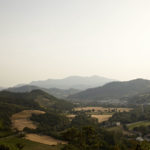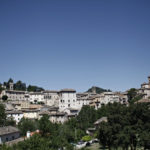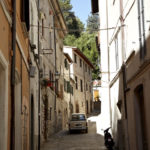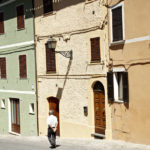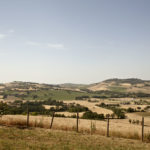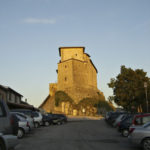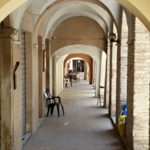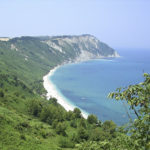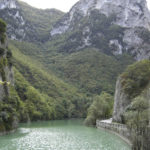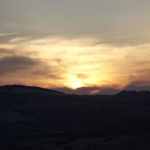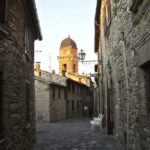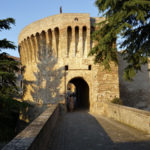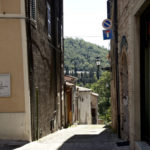“If one had to decide which Italian landscape was the most typical, you’d have to choose the Marche… Italy, with its range of landscapes, is a distillation of the world; the Marche is a distillation of Italy .”
(G. Piovene, Viaggio in Italia, 1957)
Le Marche is a region of softly rolling hills, with the mountains to the west usually snow capped in the winter months. Attractive medieval walled hill towns are scattered all around, and when the sun goes down, their alluring, twinkling lights appear. This agricultural area is often described as the ‘real Italy’.
The region lies on the eastern side of central Italy, between the Adriatic Sea and the high Apennine mountains, and much of it remains unspoilt by hordes of visitors.
Where to Eat
We have put together a list of restaurants discovered so far in the area. The food is generally locally sourced, freshly prepared, simple, tasty, and usually relatively cheap. Most nights they will be found buzzing with locals enjoying a typical, lively, Italian evening out. You’ll find full details and directions at the house. Buon appetito!
Things to Do
The Le Marche beaches are renowned for the cleanliness, and you can drive down to the sea and the pebble beaches of peaceful Marotta, with its favoured fish restaurants overlooking the Adriatic sea, or the broad, well organized beaches – sandy (at Senigallia), or pebble and sandy (at Fano) – in about 45 minutes. Here, in the medieval town centres, you can enjoy an aperitivo followed by sophisticated shopping and an opportunity to discover the delights of their stylish restaurants or pizzerie. Later, the many delicious Italian gelateria are difficult to resist. Wine tasting and traditional Italian dining can be arranged, and for the more energetic, activities such as tennis and horse riding are available in the local area.
When to Go
While it can be hot between mid-July to mid-August, it is rarely overcrowded and in the mountains the breezes are cooling.
The wettest seasons are mid-February to mid-April and mid-October to mid-December when days of grey mist and rain can set in up in the mountains. It can also be cold in mid-winter, particularly when the bitter northerly tramontana winds blow.
Click here to read more about the Le Marche region and find more about places to visit during your stay at Villa Gelsi.

